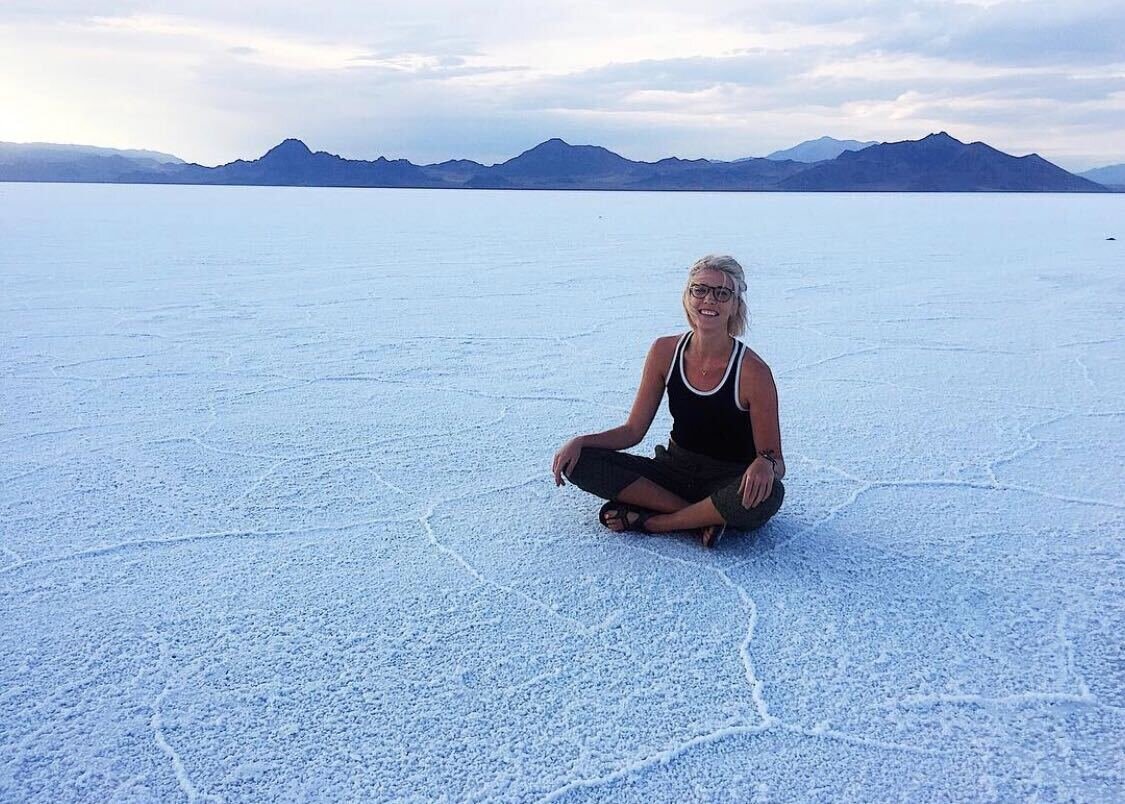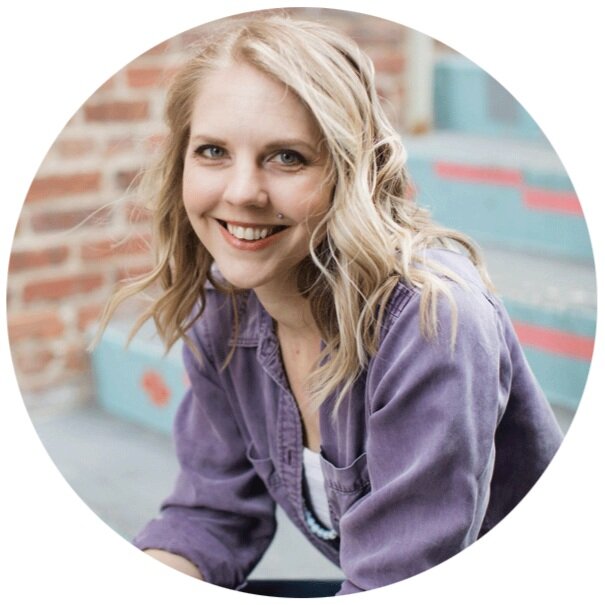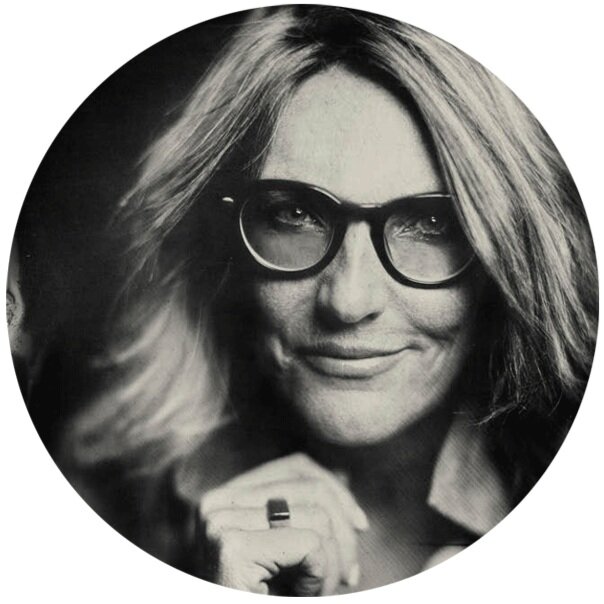From the time we are little, we are asked, “What do you want to be when you grow up?” Let me establish one thing, this question, I hate it. I despise it. Why? Well, by being asked this question from an early age, we start to become programmed to think, believe, and pursue, that we need to become a “career.” The magic that we possess as a child, the belief that we are whole just as we are, that we can have many passions, that we are capable, and that you get to choose your own course, is slowly quieted, and placed in the corner of our mind with a tablet to keep it busy. From childhood to adolescence and into adulthood, without this magic we learn to replace passions and purpose with possessions and paychecks. But this magic isn’t extinct, it is still there inside all of us. We just need to learn how to invite that magic back into the conversation.
I was a product of “what do you want to be when you grow up?”. Let me start off by first saying that I have been incredibly blessed to grow up in a comfortable lifestyle as a white female in a stable socioeconomic home. My parents worked incredibly hard to make sure that I received every opportunity to succeed. It was non-negotiable that I would work hard in school, go to college, earn a degree, and start a career. So I did just that. I earned “A’s” like badges of honor. I joined honor societies, beefed up my resume, and worked on my ACT score with laser focus. I started to see going to college as my next check box. What I failed to realize is that going to college and earning a degree is an incredible and life changing gift. While in college, I picked a career not based on passions but based on the fact that 1. I was pretty good at anatomy and physiology and 2. I could easily get a job. No one (including myself) ever asked “what are you passionate about?” or “what lights you up?” Let’s be honest, by that point, I hadn’t asked myself that question in maybe 10-12 years.
But I did it. I graduated college and even went on to earn my doctorate degree before starting my career. It wasn’t until about one year into my career that I realized that I was completely and utterly miserable. This is what it looked like: crying at least once a week, starting every work day sitting in my car trying to swallow the huge lump of anxiety stuck in my throat, irritability, disconnection with my friends and family, and worst of all: disappointment in myself. How did I let it get this far and what the hell was I going to do now? Slowly, who I was as a person, started to errode. I’d like to say that I had an ah-ha moment, but I didn’t. I wouldn’t let myself admit that I was unhappy. I just called it the 26 year-old blues. Finally at 27, I thought that a change of scenery would do me some good. So I sold my house, packed up what was important to me in a car, and set out to the Pacific Northwest. In Native American culture, directions represent states of being. Coincidentally, those traveling north are seeking wisdom, and those traveling west are seeking introspection. At the time I was not aware of these correlations, but looking back, that was exactly what I was doing: seeking wisdom by the means of introspection. I moved to a small coastal town of 600 people on the border of Oregon and California where I knew no one. My bravery crumbled into deafening silence and worsening depression the moment that my boyfriend got out of the car to hop on a plane back to Nashville. It really hit me when I got back to my apartment that I was for the first time, truly alone. Over the next year as a traveling therapist, I moved three times. Each move I learned more about myself.
Brookings, OR
I learned that silence and solitude are necessary. So often we surround ourselves with the comforts of friends, family, and loved ones, that we forget what our own internal voice sounds like. I didn’t even know that I was terrified of being alone until I was already there. And the funny thing about it is, once I started to stare that fear in the face, it wasn’t so bad.
Rockvale, IL
I learned that I can choose who and how I want to use my energy. So often we ask others, what do you need. When was the last time you asked yourself, what do I need?
Portland, OR
I relearned vulnerability. I learned how to show up as myself for other people knowing fully that they could accept or reject me. Each lesson, I got stronger. And my limiting beliefs were not as loud or significant. The freedom that this has provided, has changed my life.

Visiting the Bonneville Salt Flats, Utah
I kept these lessons close to my heart as I returned to Nashville. But as we do, I fell back into old routines and habits. I went back to my old job– and hated it all over again (why did I ever think that this time around it would be different?) I tell you this to help with this very point: progress is not a linear line. This time around though, I started to allow myself to try things I would have never imagined for myself before. I invested in myself by earning my 200-hr yoga teacher certification. I did this because yoga was and still is a spiritual ritual that transcends whatever is going on in my life. This decision gained traction in my head and heart and started to gain momentum. Something in me had shifted. I had learned too much to stay with the status quo. I felt unfulfilled wasting time in a job that did not align with my values. I started out by making a lateral shift to a job opportunity within my same profession. I found that some (not all) of my values were met and stayed in this position while staying open to the possibility that something better would come my way. This is another good point. Most of the time, we don’t knock it out of the park on our first, second, or even third try. But, “pretty good” is a great place to rest our feet while we figure out our next steps. It’s not saying that you are there forever, but it will help with everyday contentment. This requires trust in the process.
Elizabeth Gilbert believes that all ideas and opportunities are intangible energies that exist all around us. They visit us if they think that you will be a good fit, but this is only half of the agreement. We have to be open and willing to accept the deal with opportunity. While in my “pretty good” job, I got the opportunity to teach a yoga class for a workshop held by a company called The Happy Hour. The subject of the workshop:“What am I doing with my life” Woof. Well I took up that deal with opportunity and said yes. The workshop was wonderful and I felt returned to my track once it was all said and done. Little did I know, that opportunity’s deal with me was not over. The next day I saw that The Happy Hour was hiring. Initially, my knee jerk reaction was “I am not qualified for this job.” But opportunity kept on bugging me to send an email. So I said, what the heck? And did it.
Let me be clear about one thing. If you are on the fence about sending a resume because you don’t think you have the right skills, send it anyways. But I encourage you to look at resumes in a new way. Forget about how many years you worked at this one job, people want to know YOUR qualities. Opportunity and I shook hands to seal the deal and I am now an employee at The Happy Hour, a job that exceeded my expectations for what a job can feel like. Finally, work doesn’t feel like work. Work feels like finding and fulfilling a passion.
Somehow as we become older, we become worse and worse at ‘new’. Do you remember the pizzaz that you used to possess when you were young and trying something new? You didn’t need a permission slip to learn, to fail, and to try again– you just did it. My personal life experience, and the revelations that I have uncovered, have led me to this: Aren’t you already being, everyday, every second of your life? Why do we assign “growing up” to deciding on who we are? When do we even grow up? Does growth have a stopping point? I haven’t reached it yet and I don’t ever want to. A very wise friend and colleague of mine, Certified Holistic Coach, Kellen Brugman once said, “sometimes changing is staying the course.”
When starting to look at where you would like to take your life, or even where you would like to direct your energy towards, think through some of these questions:
Are you ready to give yourself permission to say “I’m feeling stuck”?
This is a big one. Often we are so afraid of admitting that we don’t have it all together that we just keep pushing ourselves further into unhappiness and this career or path that we thought we would like. So go ahead and say it, write it down, express it to a close confidant. By speaking your truth you are not only freeing yourself from avoidance, but you are putting it out into the universe that you have had it with feeling this way.
What are your values?
Finding out who you are is the most important step in figuring out where you want to go. You will have a hard time figuring out where you want to go if you don’t know where you are.
What makes you light up when you think or speak about it?
Imagine an activity that makes you feel content, happy, or energized. Get specific about it too. If you said, I like getting dinner with my friends, well then let’s break that down a bit. What about getting dinner with your friends do you like? Is it that you get out of the house? That you are being social? That you get to try a new restaurant or food? Is it that you enjoy planning the dinner? By breaking it down, you may be able to pull little nuggets of information that could help you to determine enjoyable characteristics and apply these to your potential new career.
What is your dream job?
Ok now take the dreaminess out of it, what does this job realistically look like in your life?
Yes, wouldn’t being a world traveling food and entertainment blogger would be SO DREAMY. But think about the logistics of it. What would it take for you to get started on this path? By breaking down those big dreamy careers, you might start to see the nitty gritty of what it might take. You might even realize that there is another path that you can take that is similar and you didn’t even know existed until you started doing the research.
What do your boundaries look like?
How important are they when it comes to your day to day schedule?
This may seem out of place, but it is important to consider. Boundaries are a simple yet effective way to protect your energy. Do you want to work from home? What do your boundaries look like with your work life? Want to work on a team? How could you be a collaborative partner without getting walked all over?
Where do you see yourself in the next two weeks? The next month?
That’s right, the next two weeks. It makes it a lot more present when you think of it that way doesn’t it? Yes it is wonderful to have a big picture or an ultimate goal to work towards. But ask yourself, if you just focus on that big end goal, how is that making the process of getting started any easier? Short term and measurable goals allow for you to map it out and are the building blocks of getting you where you want to go.
How are you going to be kind to yourself throughout this process?
Let’s face it. At some point, we are going to trip up and have a bad day where anxiety and fear are going to jump back into the driver’s seat. This is going to happen because we are all human. Do not let a misstep stop all of the progress that you have made on your journey. This is not a U-turn! When you feel like you may be a bit out of alignment, use a positive affirmation to empower yourself. That way, when you read these affirmations, you can recall that you have the capacity to feel awesome, inspired, confident, and strong. Think of these affirmations as little time-traveling portals to remind you that you are capable. Remember, love is stronger than fear.
What the hell is stopping you from finding your happiness?
Yea, this career or path change is definitely not going to be rainbows and rosé all the time. But is it better than where you are now? How badly do you want it? Who else is going to get this whole thing started?




